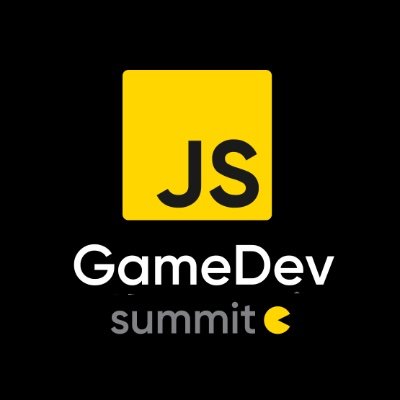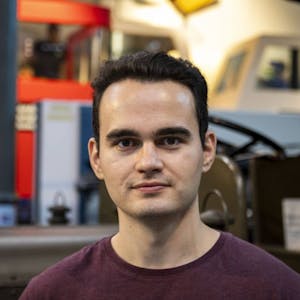In this workshop, we'll introduce you to the core concepts of building Mixed Reality experiences with WebXR and Balon.js.
You'll learn the following:
- How to add 3D mesh objects and buttons to a scene
- How to use procedural textures
- How to add actions to objects
- How to take advantage of the default Cross Reality (XR) experience
- How to add physics to a scene
For the first project in this workshop, you'll create an interactive Mixed Reality experience that'll display basketball player stats to fans and coaches. For the second project in this workshop, you'll create a voice activated WebXR app using Balon.js and Azure Speech-to-Text. You'll then deploy the web app using Static Website Hosting provided Azure Blob Storage.














Comments